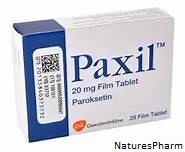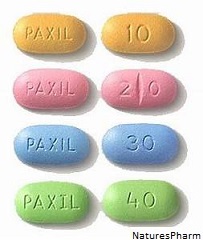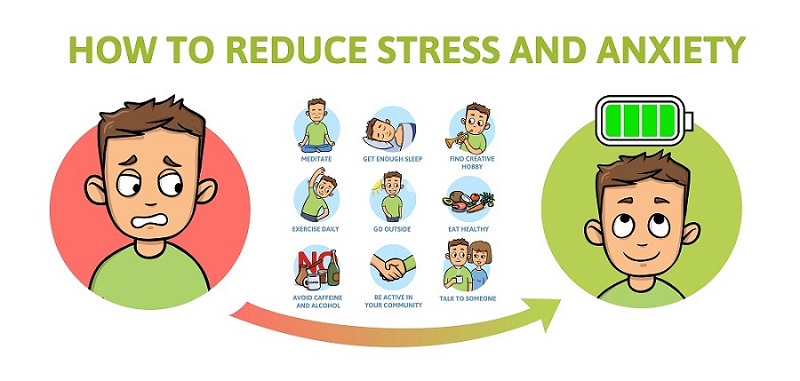What is Paxil?
Following the medical information, Paxil is an effective drug that belongs to a group of selective serotonin reuptake inhibitors. Due to the potential active component, the medication may interfere with the brain chemicals, balancing their amounts and functioning. Consequently, the remedy is prescribed to patients, who are diagnosed with depression, anxiety, obsessive-compulsive disorder, premenstrual dysphoric disorder or traumatic stress. Apart from the main indications, Paxil may be also administered off-label for the purposes, not mentioned in the safety guide. Discuss the treatment course with your doctor to guarantee its safety and prevent side effects.
Recommendations for Use
Paxil should be taken in accordance with the safety directions and individual prescription, as this is the only way to experience considerable changes in the mental health without negative impacts on other functions. A patient should never change the directed dose or instructions for use. Instead, report any problems, as the doctor may occasionally change the prescription to guarantee the maximal effects out of the therapy.
Keep using Paxil on a regular basis for a complete course advised by the doctor. Recovery may take up to 4 weeks. Take each tablet with or without food, preferably at around the same time daily. Never stop Paxil therapy suddenly, as it may activate devastating withdrawal symptoms.
Precautions and Contraindications
Don’t start Paxil use without previous consultation with your doctor. People, who are allergic to Paroxetine, should not use the medication, as the risk of life-threatening disorders is too high. Never start the treatment course if you have taken MAOIs within the last 14 days. Severe interactions may develop as a result of such combinations. Dangerous lung disorders may appear in unborn children if a pregnant woman uses Paxil. The antidepressant is contraindicated for pregnant and breastfeeding patients, as well as people under 18 years old. Inform your doctor about all the details of your current health state, paying exceptional attention to conditions which may influence the treatment course, especially decreased sodium level in the blood, kidney or liver disorders, enhanced blood pressure, stroke or heart attack, epilepsy or seizures, blood clotting disorder or bleeding, narrow-angle glaucoma, bipolar disorder, etc.
Drug Interactions
Paxil combination with alcohol may activate a range of dangerous health problems. Additionally, you should discuss the safety of other treatment courses taken with Paxil with a doctor. Some NSAIDs may interfere with the antidepressant, leading to unwanted reactions. Keep in mind that Paxil may impair your reactions and thinking. Avoid driving and completing tasks that require concentration and accuracy.
Side Effects
Emergency medical help is required for patients, who got breathing disorders, swelling, skin rash or similar symptoms of allergic reaction triggered by the use of Paxil. Your doctor should be warned about the aggravation of the condition and accompanying symptoms, such as sleeping problems, abnormal irritability, agitation, hostility and aggression, anxiety, sudden panic attacks, hyperactivity, and others. Besides, professional assistance is necessary for patients, who have experienced other moderate to serious complications, caused by the use of the antidepressant. The most common ones include increased serotonin levels in the body, symptoms of decreased sodium range, abnormal reactions of the central nervous system, skin reactions, vision impairments, easy bleeding and bruising, etc.
Paxil and Other Drugs
Once you use Paxil with other pharmaceuticals, you should be ready for excess sleepiness, aggravation of current health state and other disorders. Contact your doctor and get detailed information about Paxil interactions with HIV/AIDS drugs, migraine headache treatments, seizure tablets, narcolepsy treatments, Cimetidine, heart rhythm drugs, and others.
Overdose
Contact the nearest emergency room or Poison help if you have noticed any signs of Paxil overdose.



